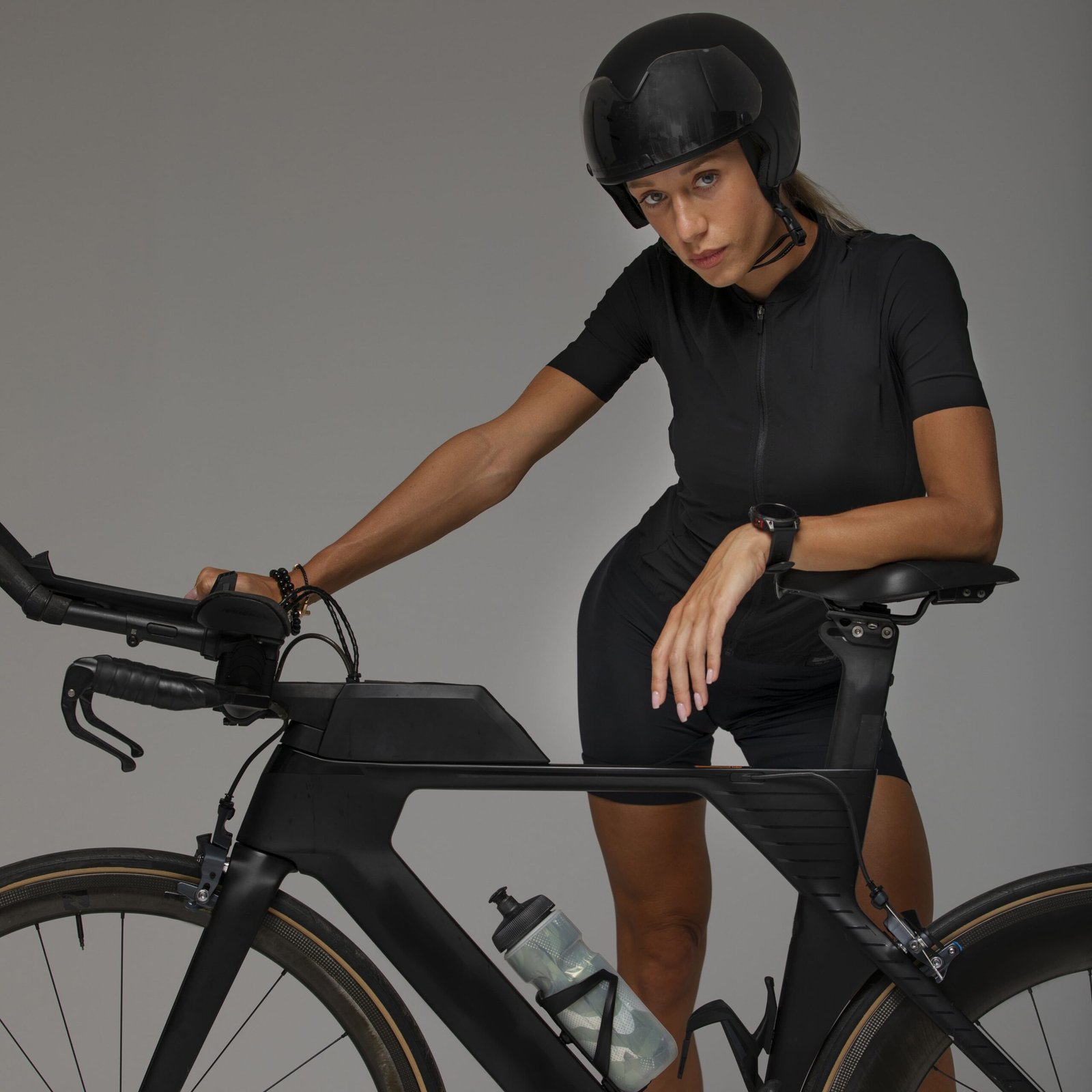The Best Fluffy Pancakes recipe you will fall in love with. Full of tips and tricks to help you make the best pancakes.

Why Bike Fit Changed Everything for Me
I still remember my first “real” road bike. It looked fast, felt exciting, and cost more than I’d ever spent on two wheels. But after just a few rides, the dream started to fade. My shoulders ached, my wrists went numb, and my back constantly complained. I blamed my lack of fitness — until I realized the real problem: the bike didn’t fit me.
That moment changed everything.
Like thousands of new riders, I had no idea that bike sizing isn’t just about height. It’s about geometry, comfort, control, and getting the most out of every pedal stroke. Whether you’re chasing weekend miles or training for your first century, choosing the right road bike size can make or break your riding experience.
In this guide, we’ll break down the five essential sizing factors every cyclist should know — so you ride stronger, safer, and with a whole lot more joy.
Frame Size: The Starting Point for Every Road Bike Fit
Choosing the right road bike frame size is crucial to comfort and performance. Most road bikes are sized by seat tube length in centimeters, not general labels like S or M. Your inseam measurement is more accurate than height alone.
Quick Formula:
- Inseam (in cm) × 0.67 = Approximate Frame Size
| Height | Frame Size (cm) | Size Label |
| 5’0″–5’3″ | 48–50 cm | XS |
| 5’3″–5’6″ | 51–53 cm | S |
| 5’6″–5’9″ | 54–55 cm | M |
| 5’9″–6’0″ | 56–58 cm | L |
| 6’0″–6’3″ | 58–60 cm | XL |
Tip: Test ride different sizes if you’re between measurements.
Top Tube Length & Reach: Comfort Starts Here
Even with the right frame size, the top tube length and reach determine how stretched or compact you feel while riding. A top tube that’s too long can lead to back and neck strain, while one that’s too short can make your posture feel cramped and inefficient.
What to Look For:
- Top Tube Length: Impacts your reach to handlebars.
- Reach Measurement: More precise for riders focused on performance.
- Shorter Reach: Great for comfort and upright riding.
- Longer Reach: Ideal for racers and aggressive riders.
Tip: Fine-tune reach using stem length or a professional bike fit.
Stack Height: Finding the Right Posture
The stack height is the vertical measurement from the bottom bracket to the top of the head tube. It affects how upright or aggressive your riding posture is. Riders who want long-distance comfort should prioritize a higher stack, while those seeking aerodynamics and speed can go for a lower stack setup.
Stack Guide:
- Higher Stack: Upright posture, better for endurance rides.
- Lower Stack: Aggressive fit for racers or flexible riders.
🏁 Rule of Thumb:
- Casual/endurance riders: Choose higher stack bikes.
- Racers: Go for frames with a low front end.
Standover Height: Safety and Clearance
Standover height is often overlooked, but it’s a key safety factor. It refers to the clearance between your inseam and the top tube when you’re standing flat-footed. You want 2–5 cm (1–2 inches) of space for comfortable dismounts.
Standover Tips:
- Too high: Risk injury when stopping or dismounting.
- Just right: More control and confidence at lights or stops.
- Women-specific frames often have lower standover heights.
Don’t skip checking this if you’re buying a bike online without trying it.
Micro Adjustments: Dial in the Perfect Fit
Even with the perfect frame, fine-tuning components is what truly personalizes your road bike. Small tweaks can eliminate discomfort and optimize your performance.
Adjustment Areas:
- Stem Length: Impacts handlebar reach and upper body extension.
- Saddle Height & Fore-Aft: Affects your hip angle and power output.
- Crank Arm Length: Standard is 170mm, but shorter (165mm) is better for smaller riders or knee pain.
Pro Tip: Invest in a bike fitting session — it’s worth every penny if you ride frequently.
Summary
Finding the right road bike size isn’t just about your height — it’s about understanding your body, posture preferences, and cycling goals. From frame sizing and reach to stack and saddle position, each factor matters for comfort, power, and injury prevention.
👉 Want a complete breakdown of bike types, gear, training tips, and more?
Explore our Ultimate Road Cycling Guide — it’s your go-to roadmap for smart cycling.
It’s possible, but expect compromises in comfort or handling. Fine-tuning may help, but not always enough.
Go smaller if you prefer an upright ride. Go larger for longer reach. Adjust with stem/saddle fit later.
If you ride often or feel discomfort, yes. It helps you avoid injury and maximize performance.
Women-specific bikes offer different geometries, but many riders choose unisex frames that match their body better.
Look for endurance fit — more upright, less aggressive. It’s more forgiving and great for longer rides.





